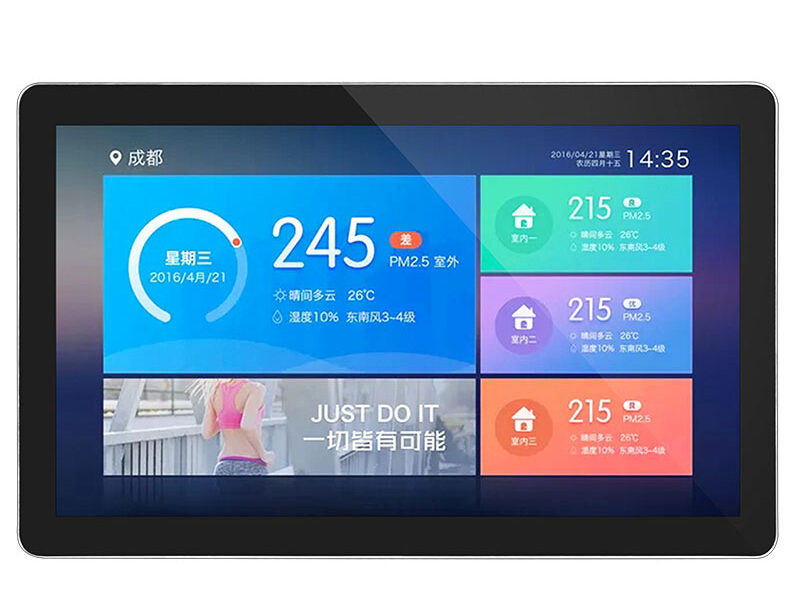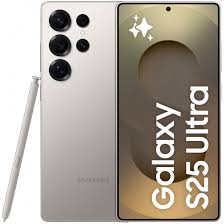A 43 inch touch screen monitor offers a large display combined with interactive capabilities, making it suitable for various professional and personal uses. It provides a balance between screen size and touch functionality, allowing users to engage directly with content in a comfortable and efficient way.
This size is particularly useful in environments like offices, classrooms, and public kiosks where visibility and ease of interaction are key. The monitor can support multitouch gestures and often comes with high resolution, enhancing both productivity and user experience.
Users looking for a versatile touchscreen solution can find that a 43 inch model fits well between smaller tablets and large-format displays. Its size allows for detailed work, presentations, or digital signage without sacrificing touch responsiveness or clarity.
Key Features of a 43 Inch Touch Screen Monitor
A 43 inch touch screen monitor combines large display size with interactive capabilities. Its quality depends on resolution, touch technology, connectivity, and construction.
Display Resolution and Visual Quality
The most common resolution for a 43 inch touch screen monitor is 4K UHD (3840×2160 pixels). This resolution ensures sharp images and clear text at a large screen size.
Brightness typically ranges from 300 to 400 nits, suitable for both office and casual use. Contrast ratios around 1000:1 provide adequate depth and color differentiation.
Color accuracy is often rated with sRGB coverage between 90% and 100%. This makes the display reliable for tasks requiring consistent color reproduction, such as graphic design.
Touchscreen Technology and Performance
Capacitive touch technology is standard on these monitors. It supports multi-touch, allowing 10 or more simultaneous touch points.
Response times vary but generally stay under 10 milliseconds. This ensures smooth and responsive interaction without delay.
The glass surface is often tempered and resistant to scratches. Many models include anti-glare coatings to reduce reflections and enhance usability in bright environments.
Connectivity Options
These monitors feature various ports for broad compatibility. Common interfaces include HDMI 2.0, DisplayPort 1.2 or higher, and USB-C with DisplayPort Alt Mode.
USB downstream ports allow connection to peripheral devices like keyboards or mice. Some models include built-in USB hubs facilitating workspace organization.
Ethernet and audio jacks are less common but available on selected models. Wireless connectivity such as Bluetooth or Wi-Fi is rare but can be included in all-in-one versions.
Design and Build Quality
Most 43 inch touch screen monitors have slim bezels for a modern appearance. The frame is typically aluminum or high-grade plastic, balancing durability and weight.
VESA mount compatibility allows secure installation on walls or adjustable arms. The stands often offer tilt and height adjustment but may lack swivel or rotation features.
Weight ranges between 15 to 25 kilograms, which influences shipping and setup. Cooling mechanisms are usually passive, resulting in silent operation.
Applications and Benefits
A 43 inch touch screen monitor offers practical advantages across various settings by combining large display size with interactive capability. It enhances collaboration, engagement, and accessibility in specific environments.
Commercial and Professional Use Cases
In business environments, the large touch screen serves as an effective tool for presentations, video conferencing, and collaborative work. Companies use it for displaying detailed data, allowing team members to interact directly with charts, graphs, and reports.
Retailers deploy these screens for digital signage and customer self-service kiosks. The size enables clearer visuals, improving customer experience by facilitating navigation through product catalogs or service options.
In design and engineering, professionals benefit from precise multi-touch input for drafting and reviewing projects. The 43-inch screen balances workspace size with portability compared to larger displays.
Educational and Interactive Learning
Schools and training centers leverage the monitor as a dynamic teaching aid. It supports multi-user touch input, enabling group activities where students can interact simultaneously with educational software.
The screen size allows easy visibility for classrooms or seminar rooms, making it suitable for presentations, quizzes, and digital whiteboarding. It also integrates well with remote learning tools for hybrid education scenarios.
Touch screen technology enhances engagement by allowing hands-on interaction with content, which can improve retention and comprehension in learners.
Accessibility and User Experience
The large display improves usability for individuals with visual impairments by allowing larger icons, buttons, and text. Its responsive touch interface reduces reliance on traditional input devices like a mouse and keyboard.
It accommodates various touch gestures, aiding users with limited dexterity to navigate more intuitively. The monitor’s design often includes adjustable stands and anti-glare coating to optimize comfort and reduce strain.
For public or shared environments, it provides a versatile user experience by supporting multitouch input for multiple users simultaneously, enhancing interactive functionality.







0 Comments